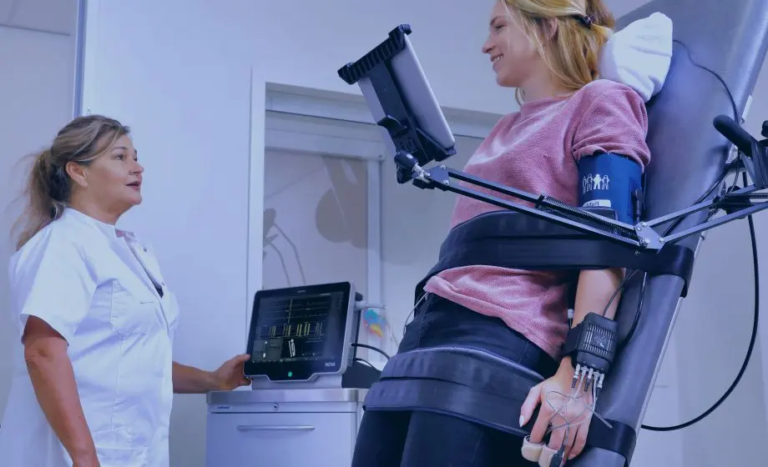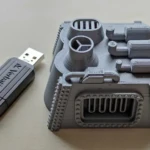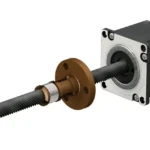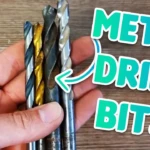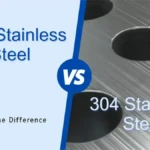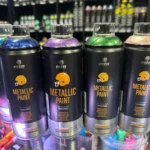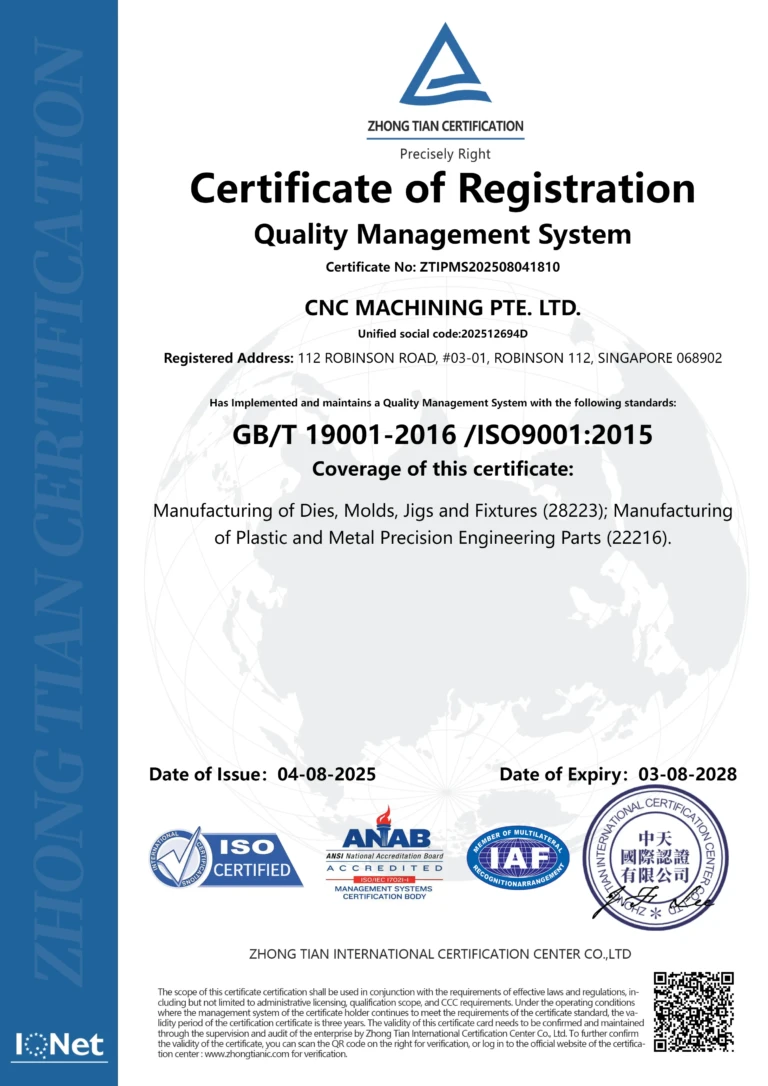introduce
Stainless steel is an essential material in the aerospace, medical, automotive and energy sectors due to its corrosion resistance, durability and aesthetic appeal. However, machining this strong alloy presents major challenges: rapid work reinforcement, high cutting forces, excessive heating and accelerate tool wear. These factors require consistent attention to machining parameters to avoid expensive errors such as tool breakage, inaccurate dimensions or surface damage. This guide breaks down the key parameters of successful CNC stainless steel cutting and how advanced manufacturing techniques overcome these obstacles.
Optimize the key parameters for cutting CNC stainless steel
1. Cutting speed (SFM): balancing heat and tool life
The cutting speed measured in surface feet per minute (SFM) determines the relative speed between the tool and the workpiece. If it is too high, heating will accelerate tool degradation; if it is too low, working hardening will occur.
- Recommended range:
- Austenitic (e.g. 304, 316): 100–250 SFM
- Martensite (e.g. 410, 440): 150–350 SFM
- Duplex (e.g., 2205): 80–180 SFM
Pro tip: Start with lower SFM, use for harder alloys, and then gradually increase according to tool wear.
2. Feed rate (IPM): chip control and surface finish
The feed rate (in inches per minute) determines the material removal efficiency. Optimal feed prevents internal edges and ensures correct chip formation.
- Key considerations:
- High feed reduces thermal concentration, but can damage the finish.
- Low feed can cause friction and exacerbate hardening of work.
- Rules of thumb: 0.001-0.015 inches per tooth (IPT) for carbide tools. Make adjustments for roughness and finish down.
3. Cutting depth (DOC): Manage tool pressure
DOC – Axis (deep along the tool) and radial (width of the cut) – Affects tool deflection and heat dissipation.
- Strategic Approach:
- Rough: 10–30% of tool diameter (axial documentation).
- Accuracy and surface mass ≤5%.
- Trochoidal milling paths are ideal for maintaining consistent DOCs in high hard alloys.
4. Tool selection: geometry, materials and coatings
- Tools and materials: Solid carbides perform better than HSS due to hardness and thermal resistance.
- geometry: Sharp polished edges reduce cutting force. High helical angles (35°–45°) improve chip evacuation.
- coating: TiALN or ALCRN coating enhances lubricity and heat resistance – critical for austenitic steels that are prone to adhesion.
5. Coolant strategy: Hit heat and hardening
Effective cooling prevents thermal deformation and extends tool life.
- method:
- High pressure through tool coolant (7-100 bar): Rinse the chip and penetrate the cutting zone.
- Emulsion coolant: Ideal for universal processing.
- MQL (minimum quantity lubrication): Best for finishing environmental efficiency.
6. Labor and vibration
The toughness of stainless steel amplifies the vibrato. Use strict labor fixtures, suppressed tool holders (e.g., hydraulic Chucks) and optimized tool paths to suppress vibrations that damage tolerances.
7. Five-axis machining: game-changing
Traditional three-axis fight against complex stainless steel components. Five-axis CNC machining provides:
- Multi-axis movement simultaneously: Enable optimal tool orientation, maintain consistent chip load and reduce heat buildup.
- Reduced settings: Complex geometry (e.g., turbine blades, medical implants) are completed in a fixture, minimizing errors.
- Enhanced tool lifespan: Inclined tool access prevents tool deflection in deep cavity.
in conclusion
Mastering stainless steel CNC cutting requires a synergy between physically based parameters and advanced manufacturing arrangements. Each variable (cutting speed, feed rate, tool, coolant) must be consistent with material characteristics and project specifications to ensure accuracy and cost-effectiveness. That’s where Greatlight’s expertise lies. As a leader in five-axis CNC machining, we leverage state-of-the-art equipment and deep metallurgical knowledge to drive the complexity of stainless steel. From prototyping to mass production, our one-stop post-processing (e.g., burrs, passivation, anodization) ensures that parts meet stringent industry standards.
Facing challenging stainless steel components? Maximize performance and minimize waste – with the components of Greatlime. Contact us today to provide fast, competitive solutions.
FAQ: CNC stainless steel cutting
Q1: Why does stainless steel cause more tool wear than aluminum?
A: The high chromium/nickel content of stainless steel can enhance hardness and friction. Combined with lower thermal conductivity, concentrated at the tip, accelerating wear. Carbide tools with professional coatings are crucial.
Q2: How to prevent the work during the processing process from being strengthened?
A: Avoid low feed rates and ensure sharp tools. Block the tool at recommended speed/feed continuous cutting "wipe," This will harden the surface. Use coolant to manage temperature.
Q3: Can CNC stainless steel parts achieve mirror finish?
A: Yes, through fine steps (<5% tool diameter), polishing tools, low vibration settings and optimized coolant flow. Discard or electropolishing can further improve the surface quality.
Question 4: When should I choose five-axis CNC for stainless steel?
A: Choose five axes with complex contours, undercuts or thin-walled structures. It reduces settings, minimizes tool deflection, and performs better heat management through strategic tool angles.
Q5: What post-treatment treatments are beneficial to stainless steel parts?
Answer: Passivation can remove free iron to enhance corrosion resistance. Plating (e.g., nickel) enhances the aesthetics while the deformation risk of annealing counters should be placed in high-precision components.
Question 6: Will Greatlight handle small batch prototypes and mass production?
Answer: Absolute. Our flexible five-axis machining cells support rapid prototypes and volumes of 10-10,000+ units, with strict quality control at each stage.
Question 7: How to ensure the dimensional stability of high-precision stainless steel components?
A: Use temperature controlled environment, low vibration mechanism and iterative internal measurements. Five-axis CNC minimizes the errors that repositioning is critical to tight tolerance (±0.01mm) operation.
Is there any problem? The Greatlight Engineering Team is ready to troubleshoot your stainless steel machining challenges – conduct no-obligation consultation.
